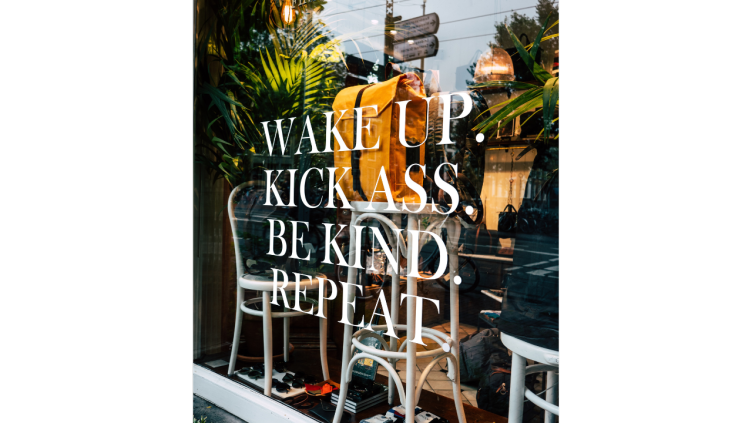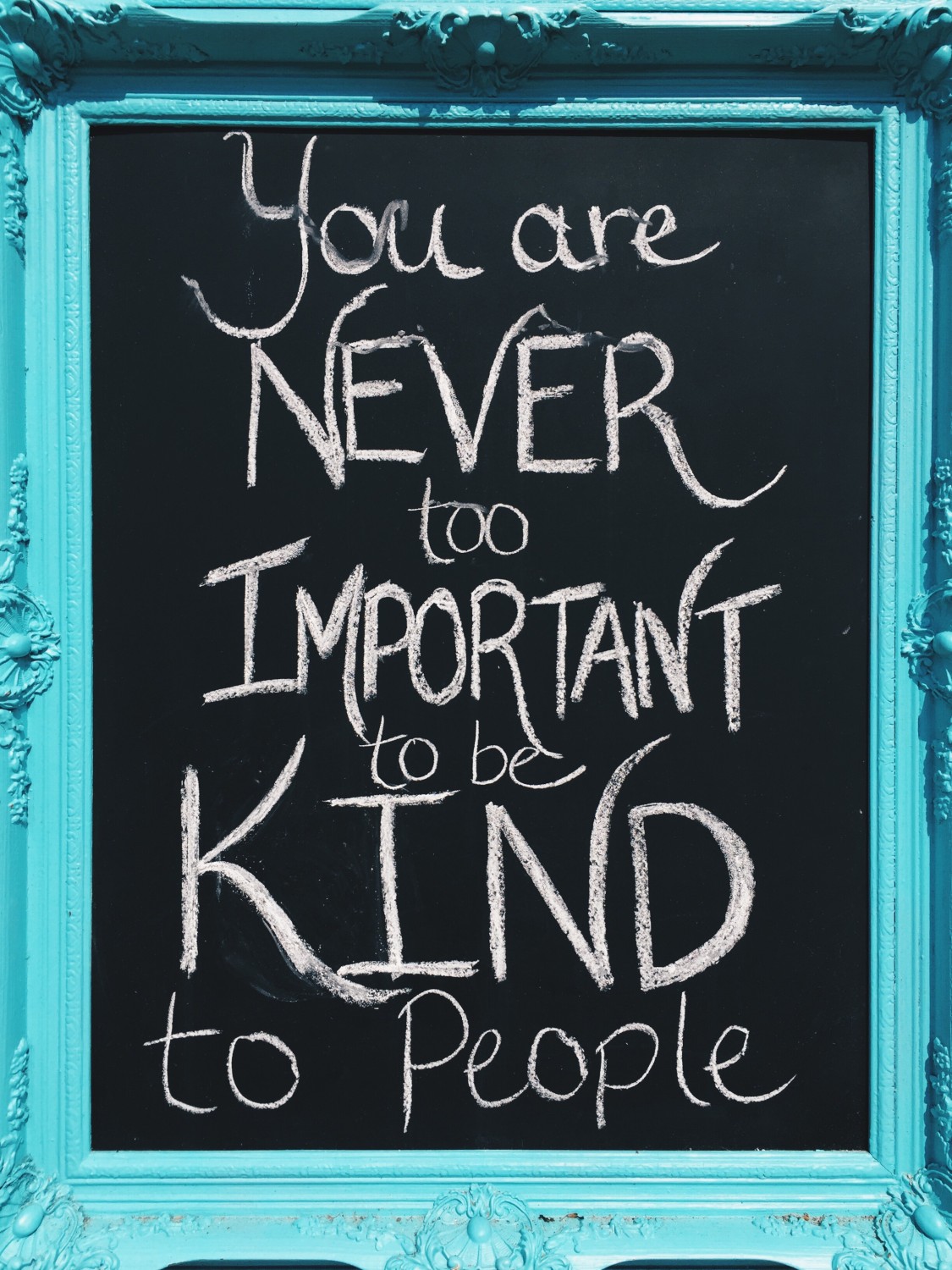5 Ways to Lead with Kindness

Some things are undeniable – like the boiling point of water is 212°F, gravity dictates that what goes up, must come down and Dolly Parton, well, she’s a national treasure.
You might know the sassy country music icon for more than 50 years of hit songs, high profile movie gigs, philanthropy and recent podcast and streaming shows based on her life and work. She is also an incredibly successful entrepreneur. Between her music catalogue, theme park, retail lines of business and more, Forbes estimated that Parton’s 2022 net worth exceeds $800 million.
Beyond all her accomplishments and accolades, Parton is an incredibly kind person. That sense of kindness permeates her accessible leadership style in every way. “In every song I write—and everything I do—I wish people could be a little kinder, better, more special toward humanity,” she said in this interview with Glamour. “And I wish people could be kinder to themselves as well.”

However, you don’t have to be a national treasure to lead with kindness at work. Embracing kindness, which involves supporting others in the workplace with compassion and empathy, makes you a better leader. You don’t even have to be born with those traits; anyone can learn how to authentically lead with kindness.
Recently I had the pleasure of speaking to two leadership experts, Debra Sabatini Hennelly and Maren Gube, PhD., who work together at Resiliti, a consultancy that helps companies enhance the resilience of organizations and their people.
Getting the best from people
Hennelly and Gube view workplace kindness as supporting another person’s well-being and dignity, being open and committed to looking for the light in someone else and finding points of connection even if you disagree and possess very different perspectives. Fostering a culture of kindness benefits the leader practicing it as much as employees, because you get the best from people who feel appreciated, safe to take risks and authentically seen.
“If people feel that their well-being and dignity are nurtured, you are going to get that discretionary extra bit of effort, “Hennelly explained. “People have the space to bring their whole selves to work, which creates a healthier and happier workplace. Employees aren’t experiencing burnout, which means they aren’t quitting as easily as they might otherwise.”
Kindness also creates an environment of psychological safety. If people are free to make mistakes and take chances in the pursuit of innovation, you will have better business results on a long-term basis.
“It’s impossible to have a psychologically safe working environment if kindness isn’t present,” noted Gube. “If people are being unkind and uncivil, the team is not safe for interpersonal risk taking.”
Traits of Kind Leaders
Kind leaders tend to possess certain skills and traits. Patience, tolerance, vulnerability and promoting a sense of belonging top the list. Humble, they keep their egos in check. They possess the courage to speak up and do what’s right. And these individuals pay close attention to those around them.
“They have a very well-developed social antenna,” elaborated Gube. “Kind leaders have the communication and listening skills to know what’s going on and provide frequent feedback using positive language. They are willing to run interference in the workplace social scene if unkind behaviors like bullying or harassment are taking place.”
Early on in our careers, certain people become our role models. My first was a wonderful woman named Carol Bivins, who was the Vice President of Public Relations for Days Inns of America. I joined her team in an entry-level role and learned a lot about being a good leader from her. Carol was always kind and compassionate but firm; she told you when things were a problem and needed to be addressed.
Even if your formative workplace role models weren’t kind, you can still pick up kindness later. My husband worked for a major international firm in the UK about 18 years ago, and the culture as he described it was downright macho. Being compassionate would have made you look weak and hurt your career. He did well in his career in other environments like that, but things changed after a relocation to the United States. Several terrific leaders he worked for got better results by being kind at work and seeing that gave my husband permission to let his innate empathy develop in the workplace. Today he is thriving as the president of a health care technology company where he leads with compassion, always thinking about how to create a positive environment for team members.
Here are 5 ways you can lead with kindness and create a stronger, higher performing organization:
- Hone your listening skills. If you are the boss, your team might be conditioned to wait for your thoughts or approval before making decisions. Instead of jumping in with your two cents, ask for their insights. Listen to what people say while also paying attention to what is unsaid. Is someone stressed out about a family illness, but reluctant to say no to a new assignment because they don’t want to let others down? Give them permission to express that without fear of retribution; offering support during a difficult time can make a big difference in improving collaboration and reducing turnover.
- Show gratitude. Thank people for doing a good job and be specific in expressing your gratitude. Mention exactly what they accomplished, the problem solved, the opportunity that individual created, or strong results generated in an email, handwritten note, text or a public company forum.
- Be vulnerable. When a leader talks about missteps they made, or a project that simply didn’t work as intended, it gives others permission to be more authentic at work as well. Showing your vulnerability allows team members to talk through and overcome challenges, because they will feel supported instead of judged.
- Have patience. Kind leaders are patient with people who are still learning and making mistakes, and with themselves. “How do you give people the room to try to solve a problem they bring to you without being short with them? It does take some mindfulness to take a breath between the stimulus and the reaction. And when you do, that’s kindness,” said Hennelly.
- Practice kind behaviors. If you want to start practicing kindness at work, check out The Mayo Clinic Health System’s Kickstart Kindness Initiative. It teaches participants how to extend kindness to co-workers, your friends and family and the community overall. The month-long program includes activities, checklists, supportive emails and more.
Gary Vaynerchuk, CEO of VaynerMedia and five-time New York Times Bestselling Author, believes that kindness is the best business strategy, and an important part of his personal legacy. In this popular LinkedIn post, he wrote, “Kindness is the ultimate strength in both business and in life.”
With that in mind, pick an upcoming meeting, huddle, 1:1 with a team member or other smaller group event when you can practice patience with others. Replay previous conversations or incidents that triggered impatient behavior; did you cut someone off when they didn’t agree with your stance or not invite input to get through a meeting quicker? During your next session, plan to be more patient. If someone made a mistake, focus on how they fixed it and what was learned instead of hammering down on blame. Then notice how that different behavior impacted the individual(s) and situation.
Looking for a step-by-step process to help you get unstuck and stay that way for good? Check out Free and Clear: Get Unstuck and Live the Life You Want. It is chock-full of helpful tips, easy-to-use tools and inspirational stories of individuals who overcame obstacles against the odds.
